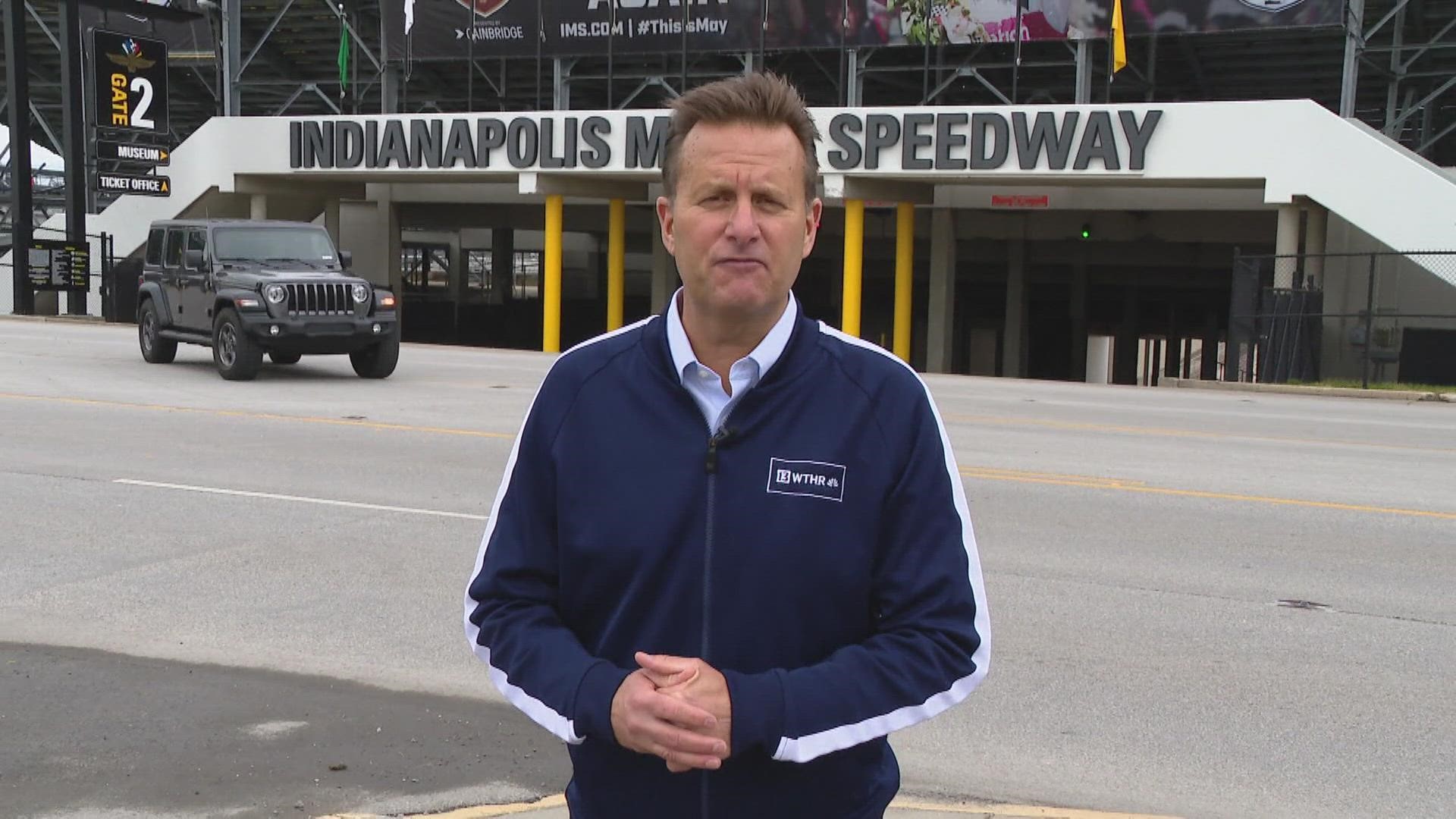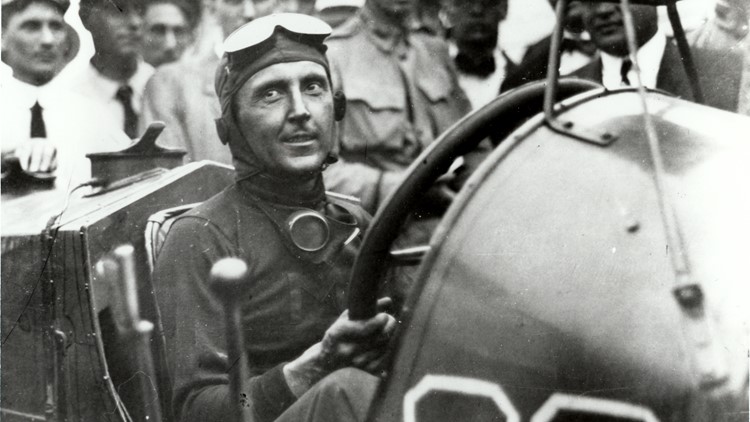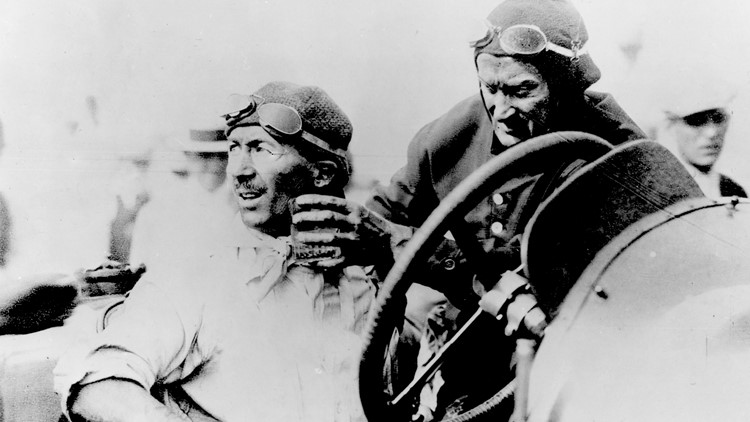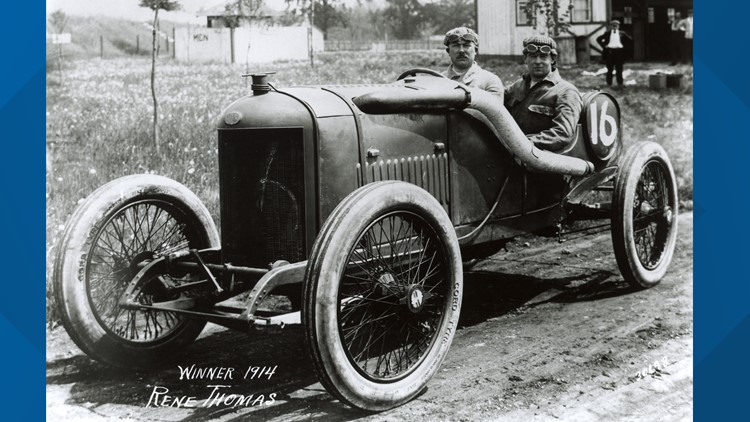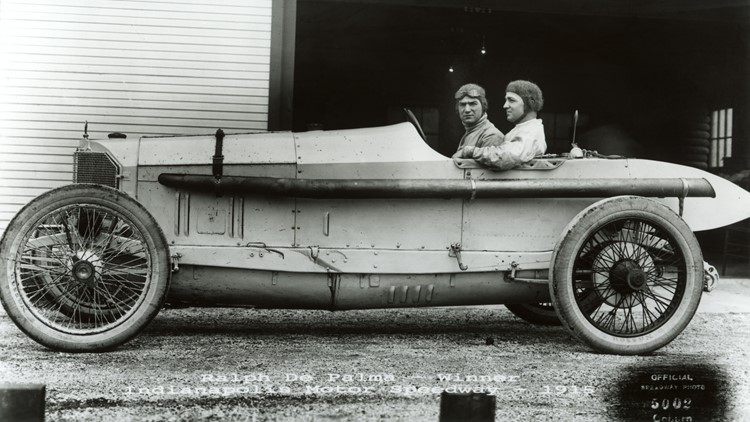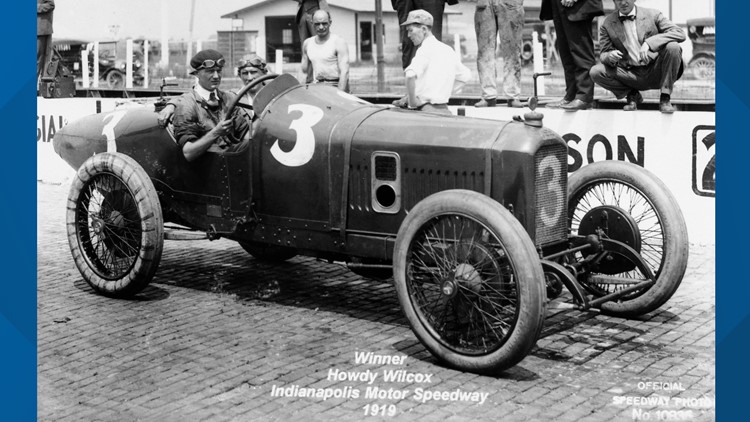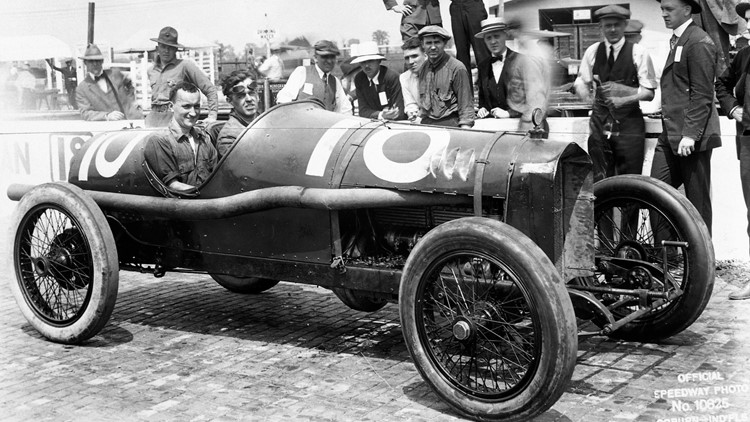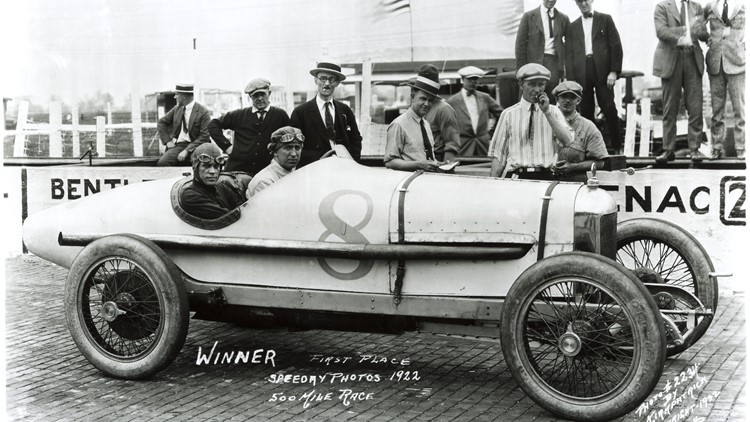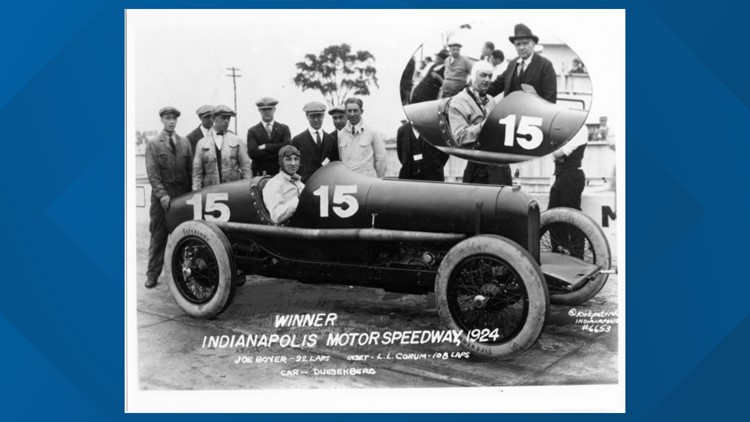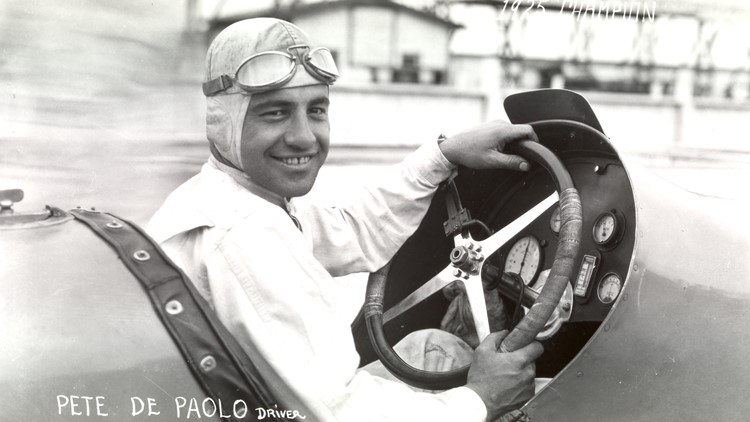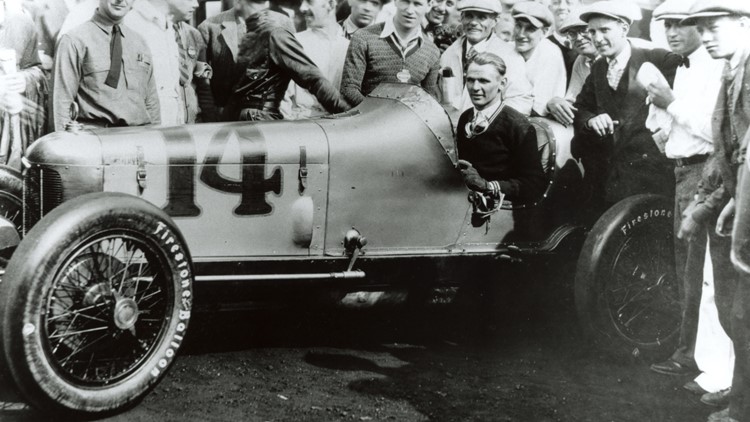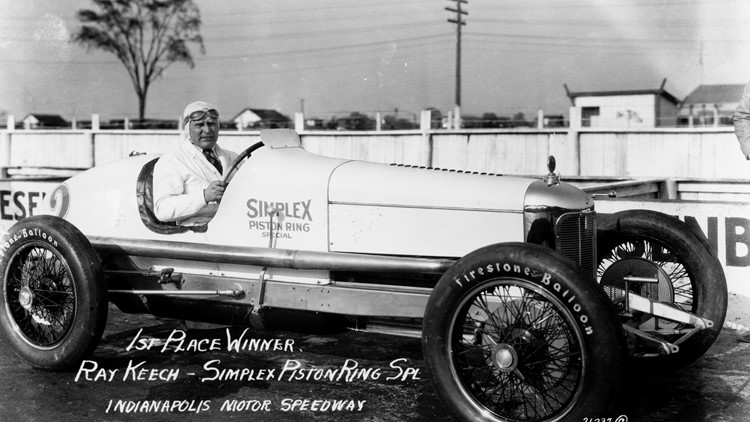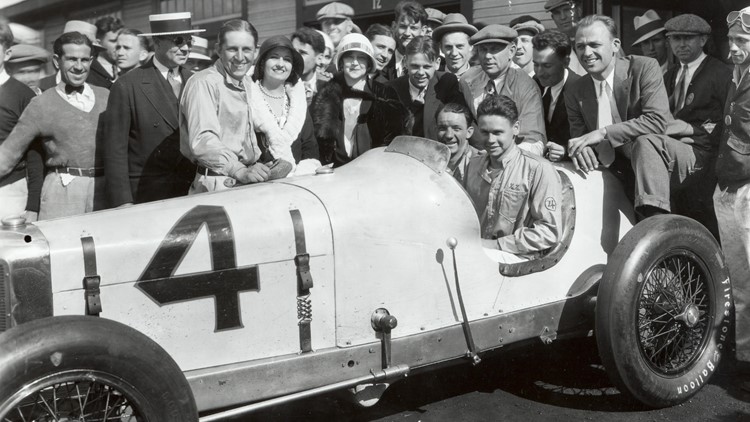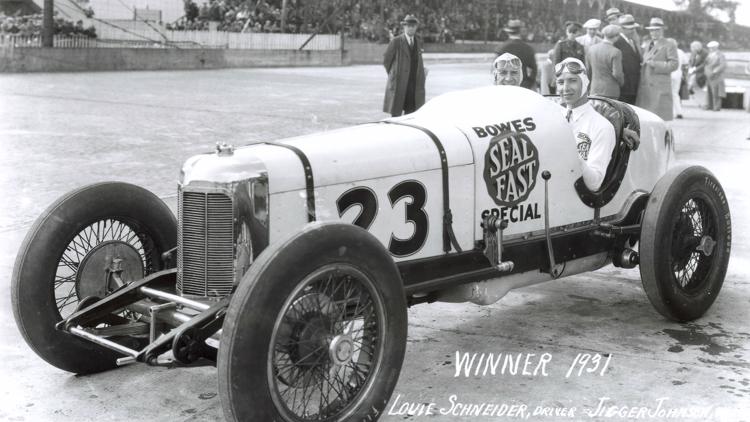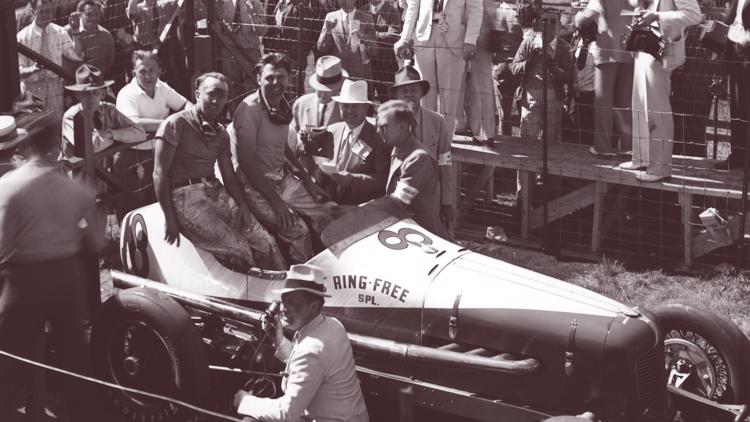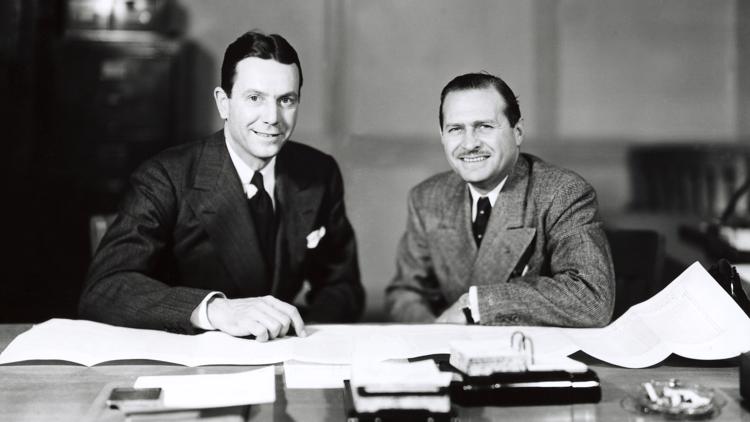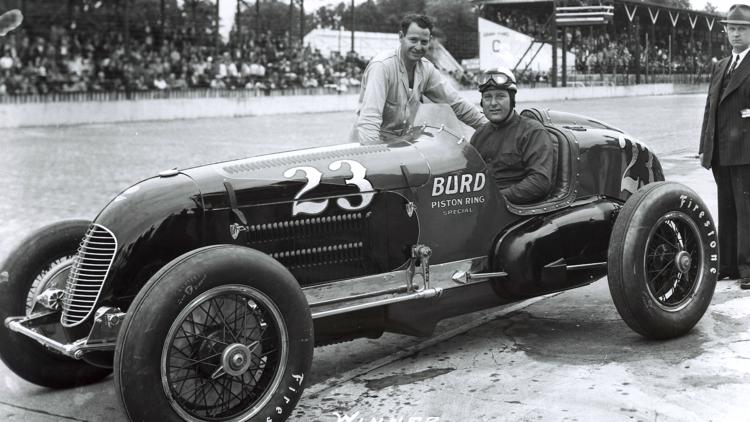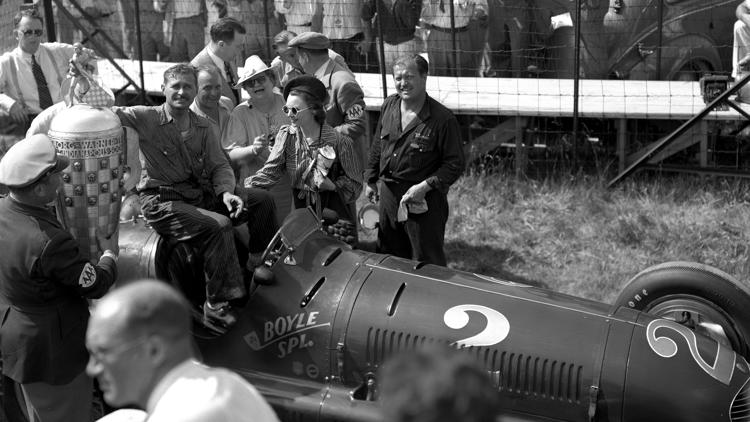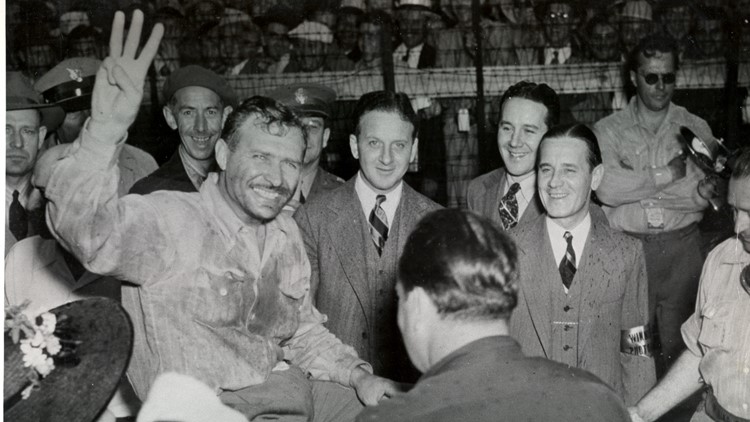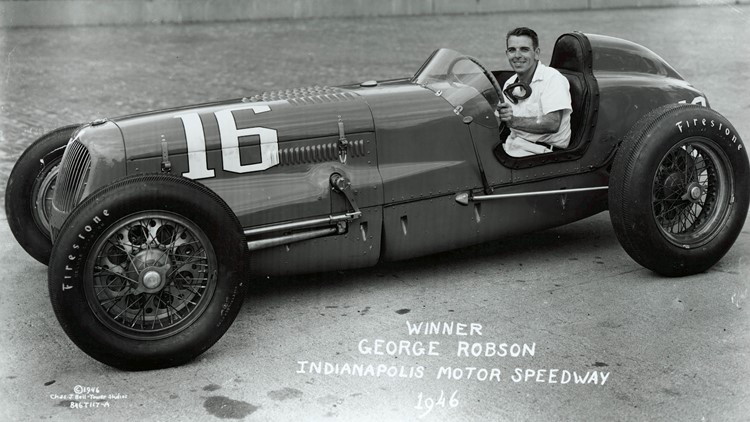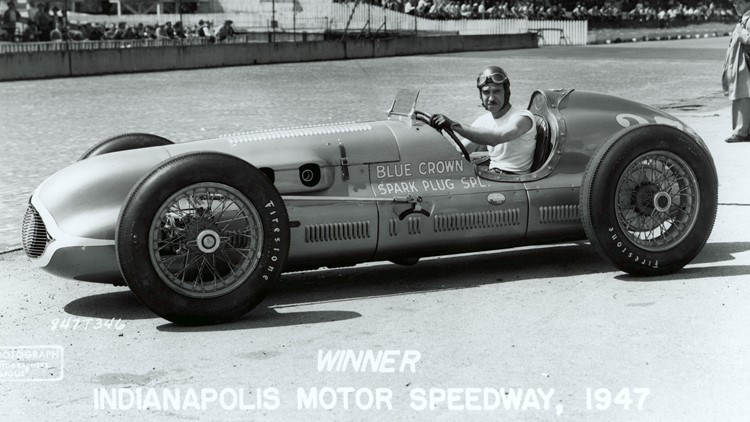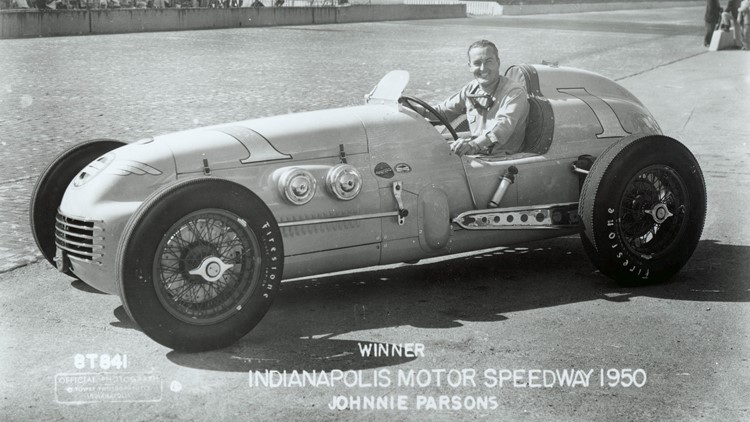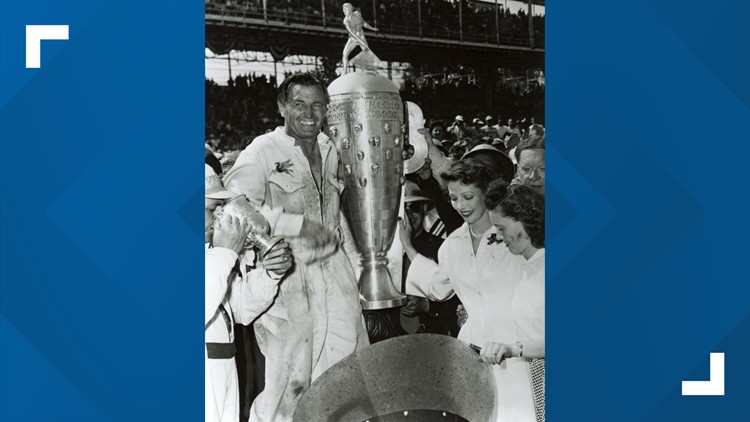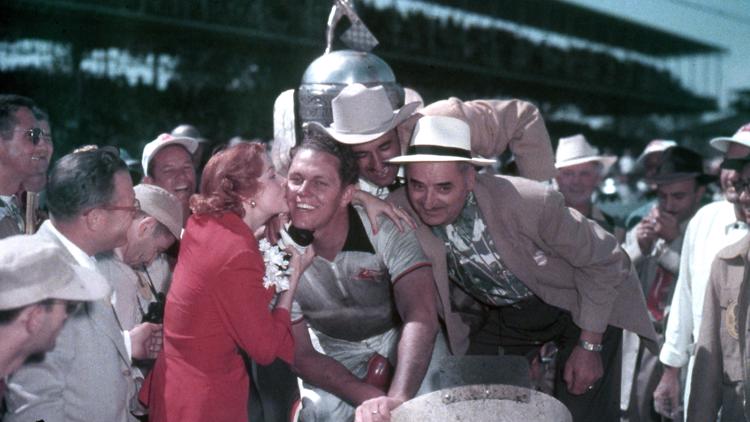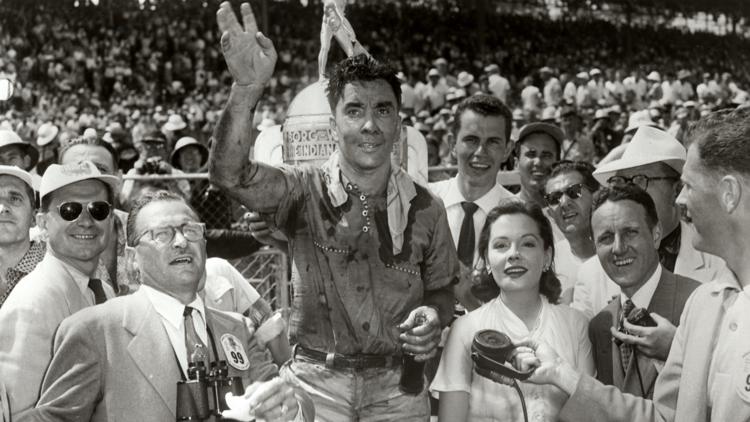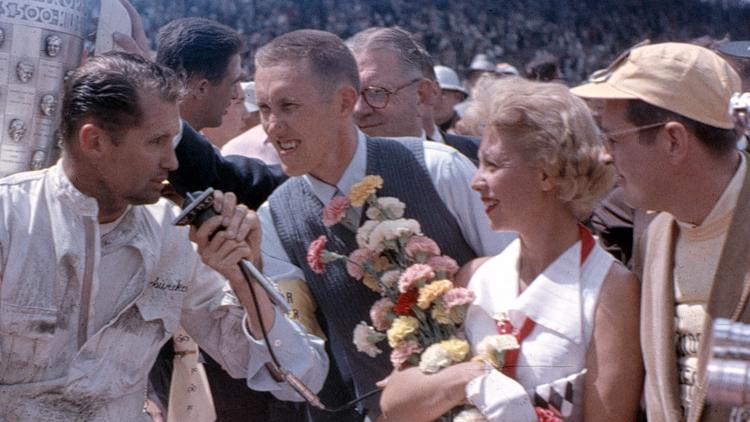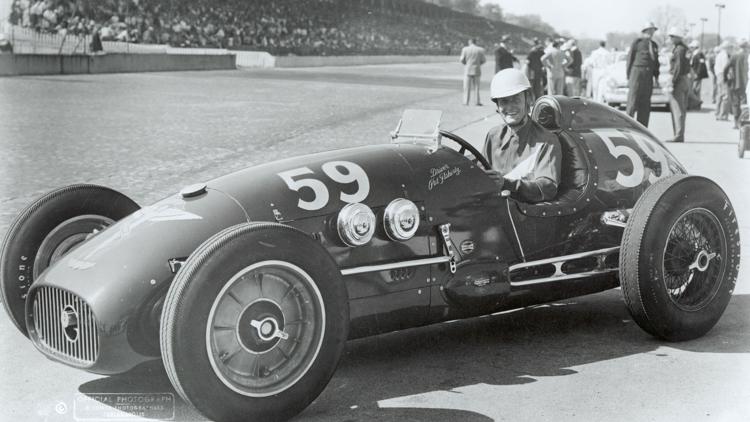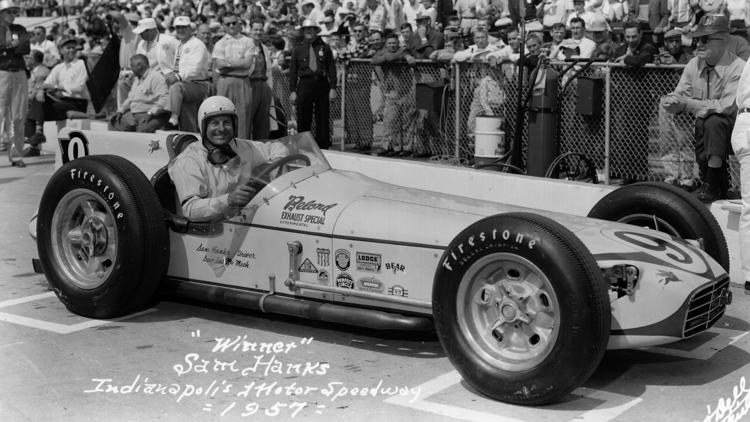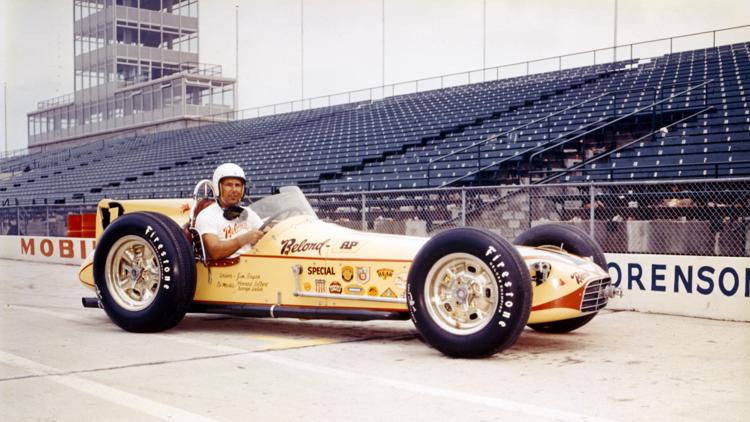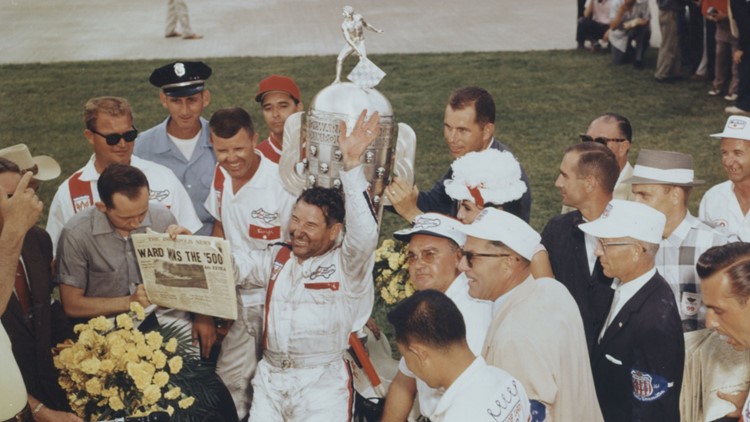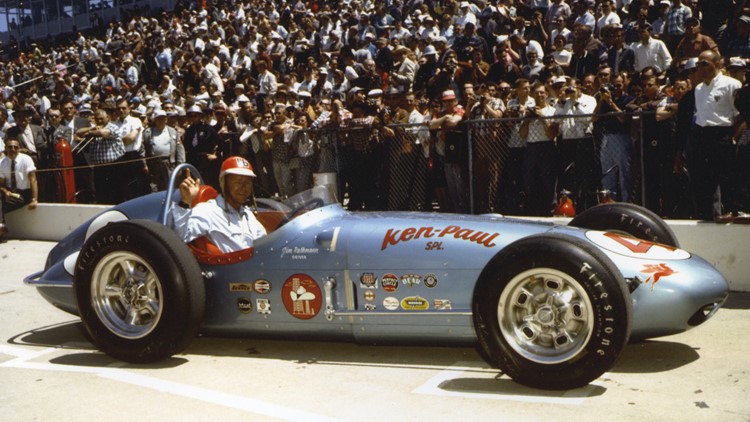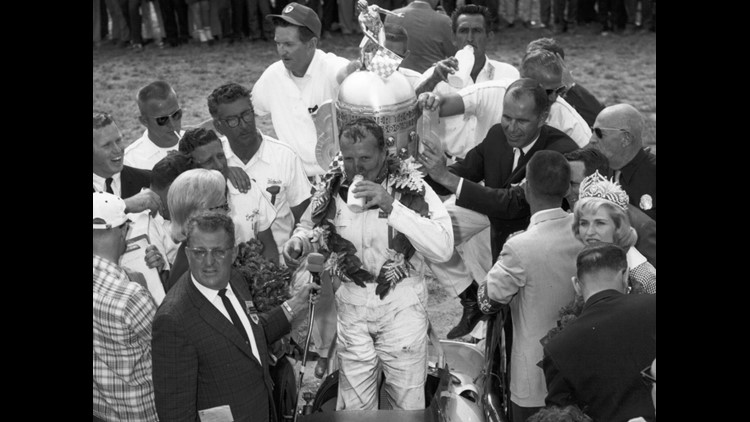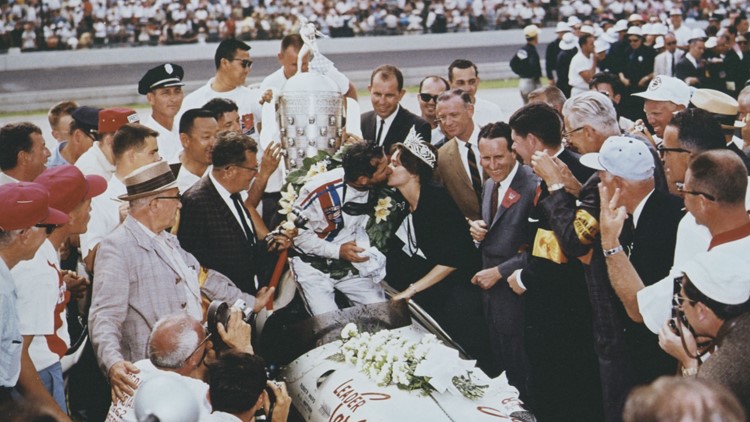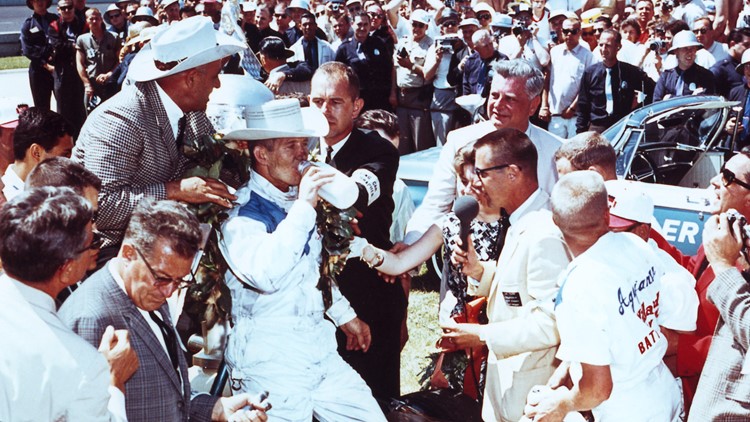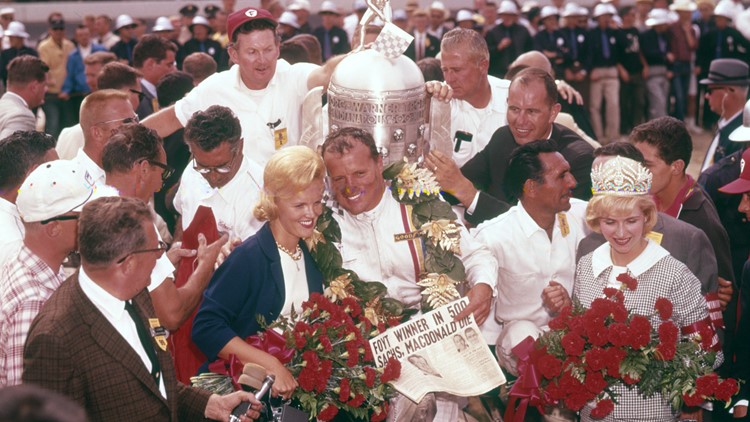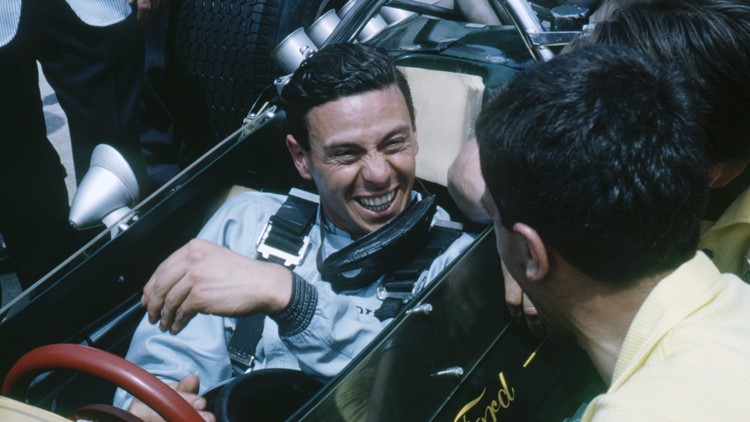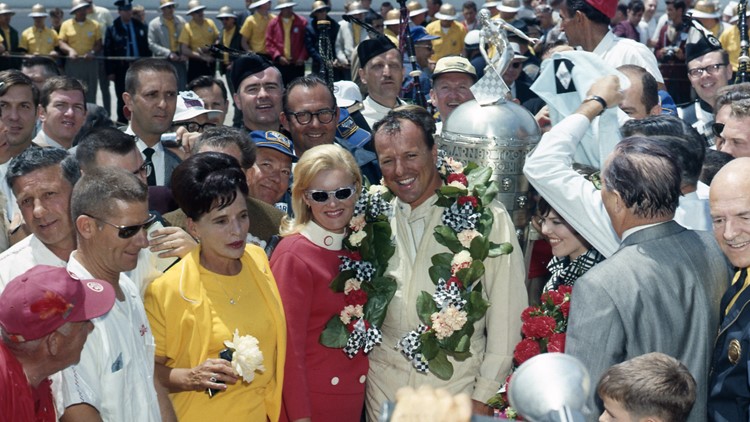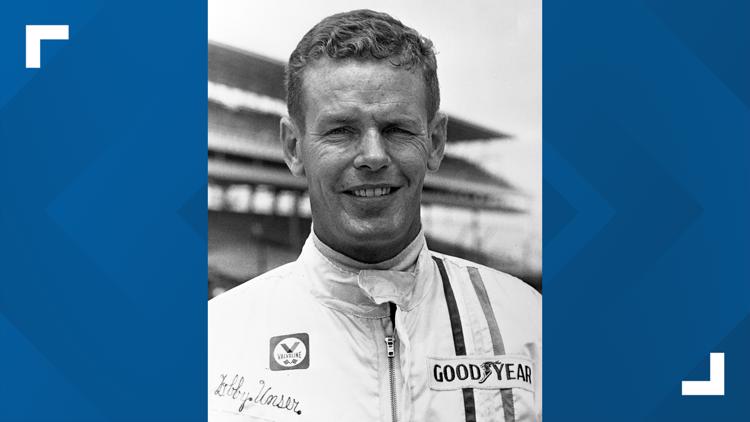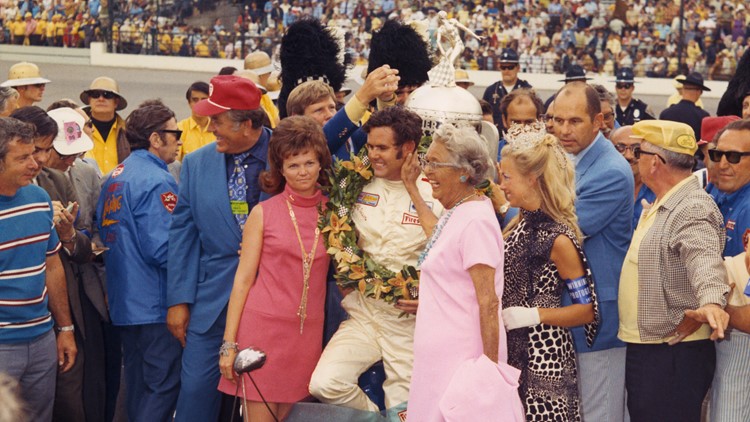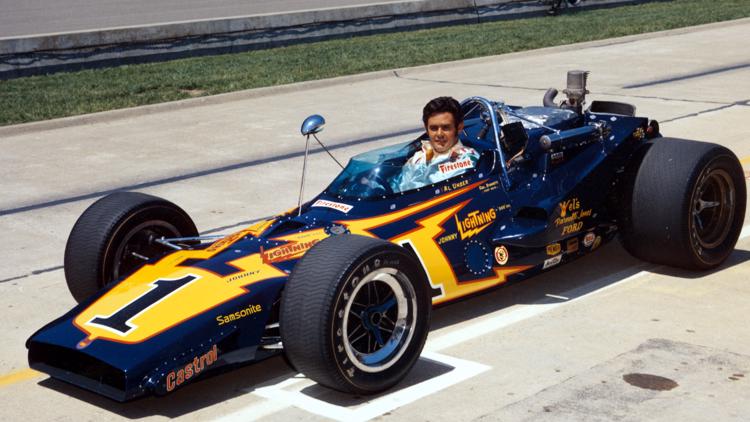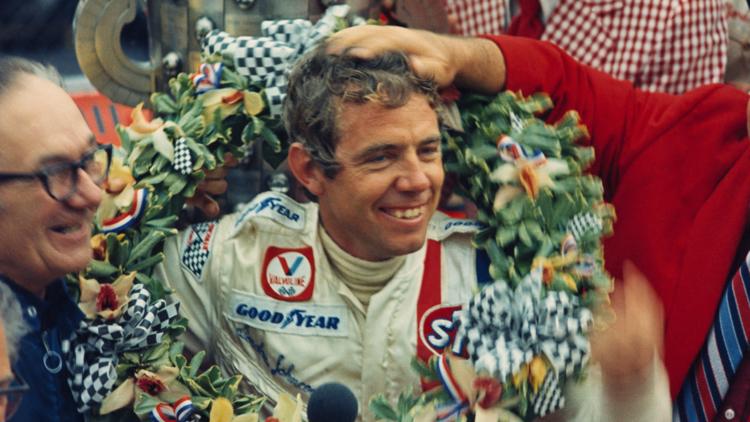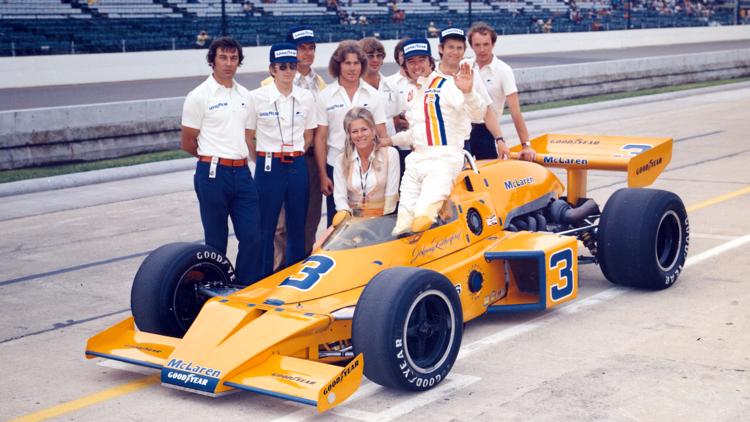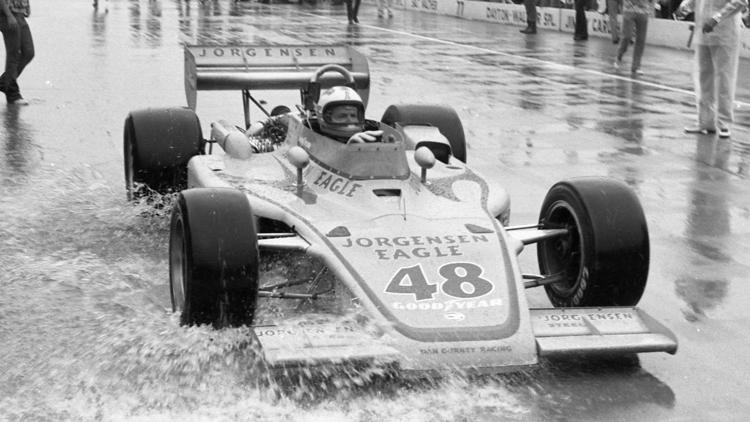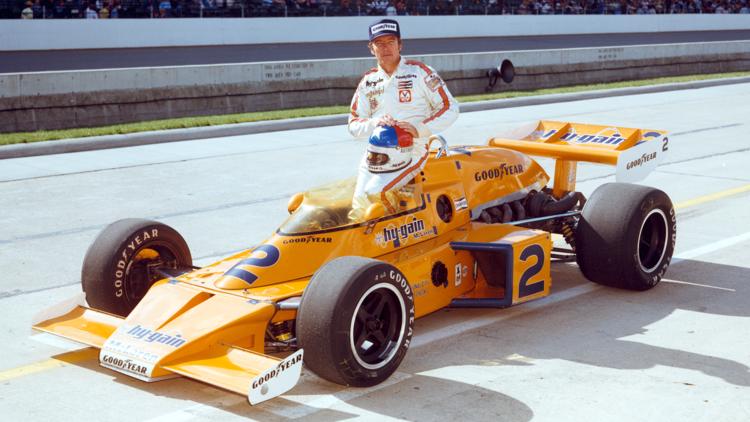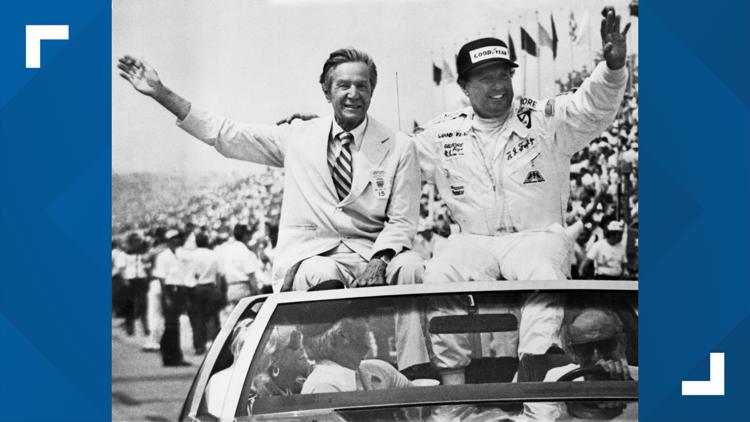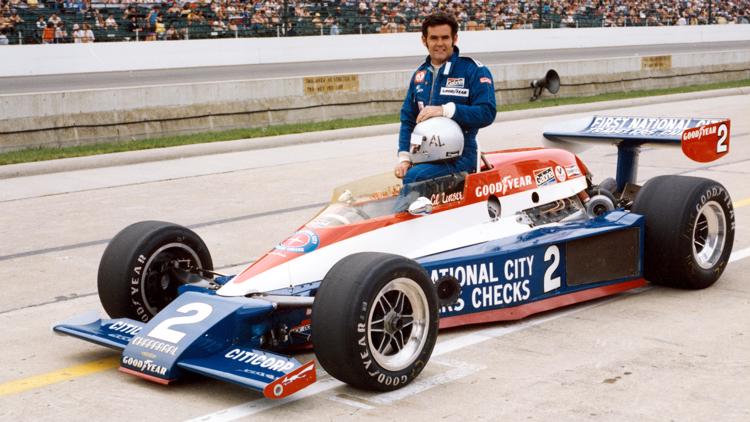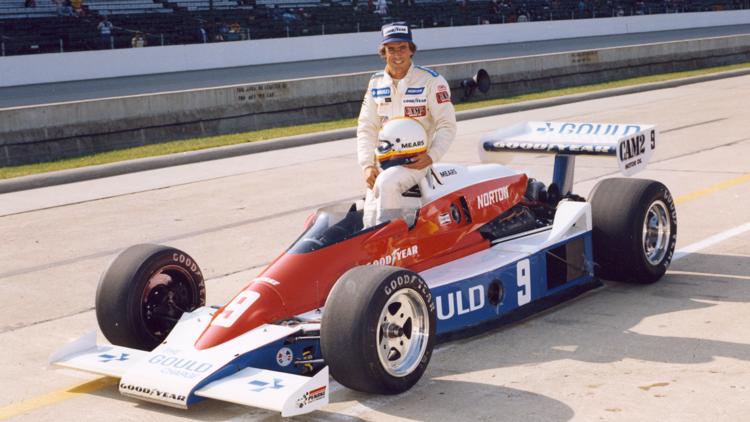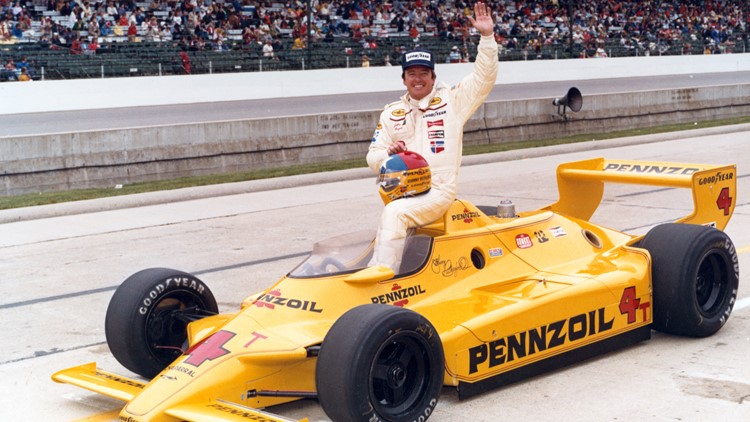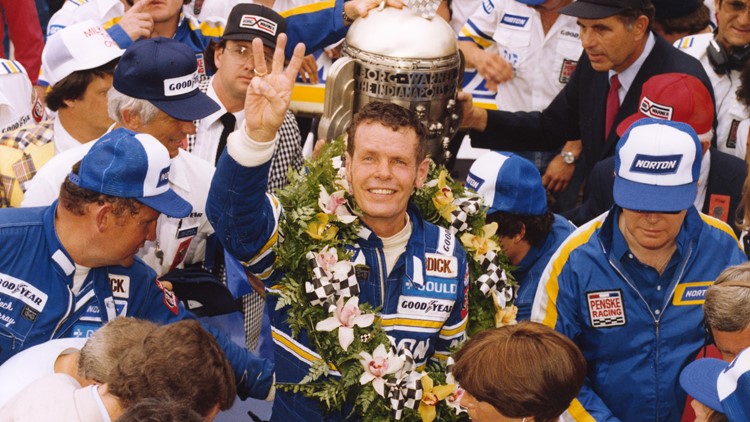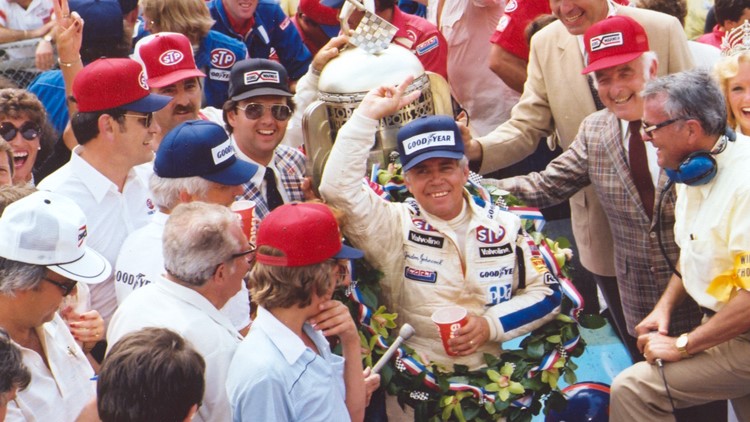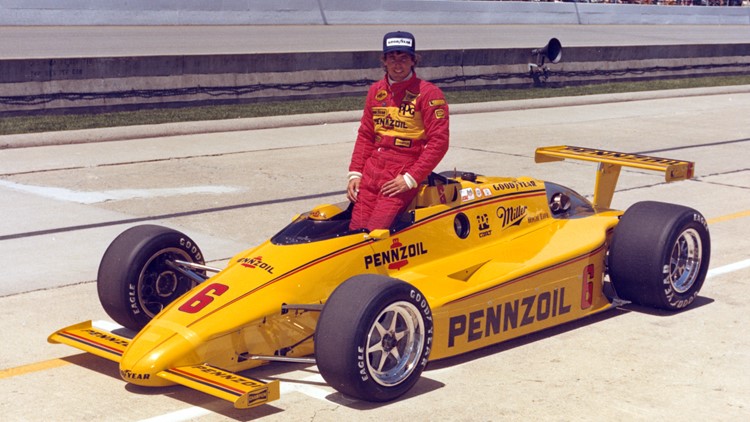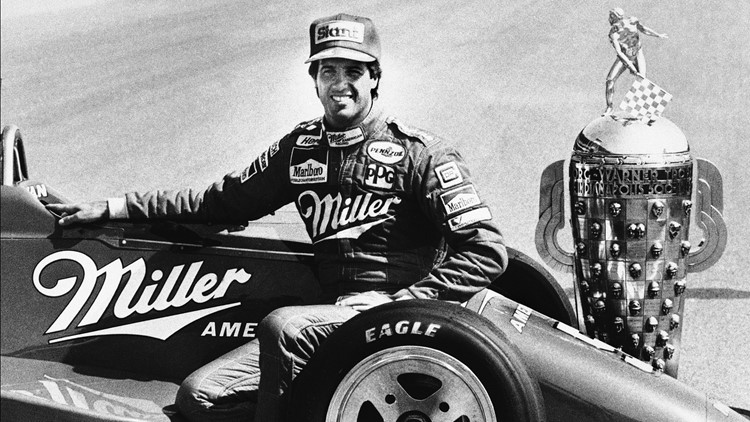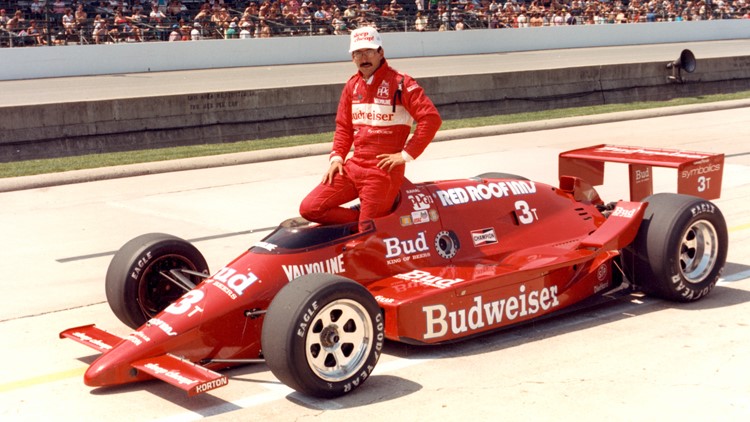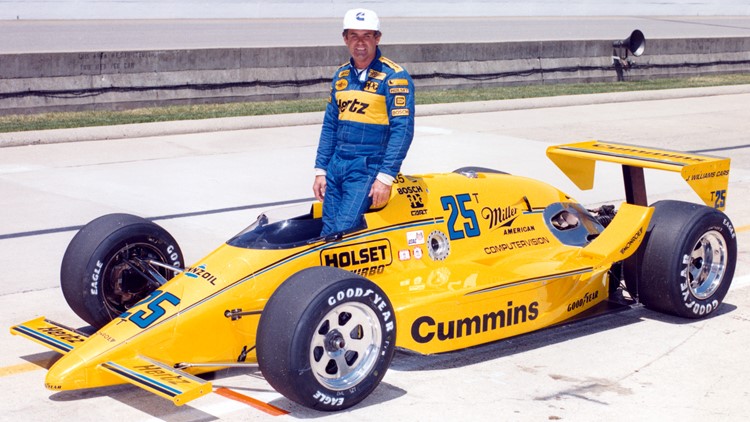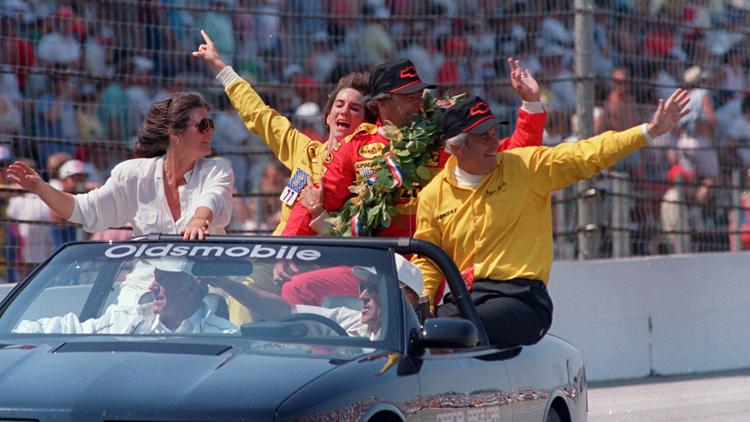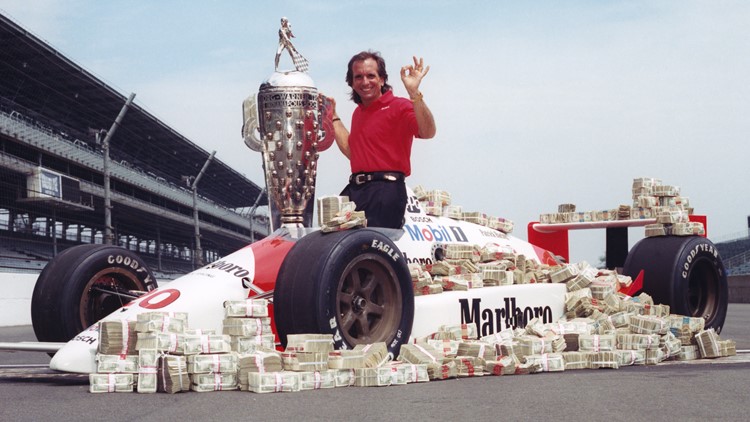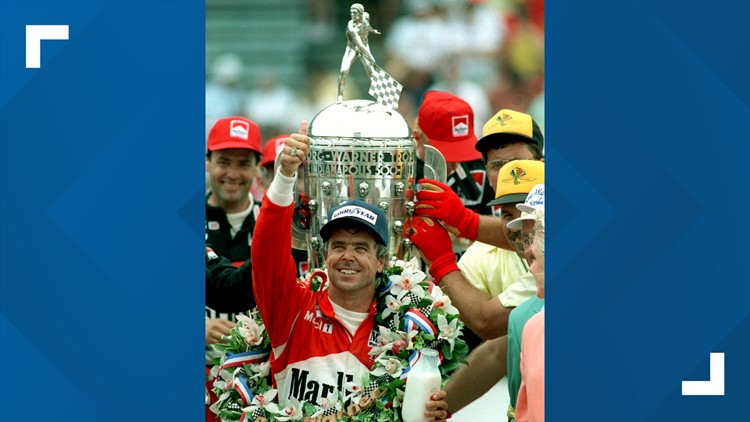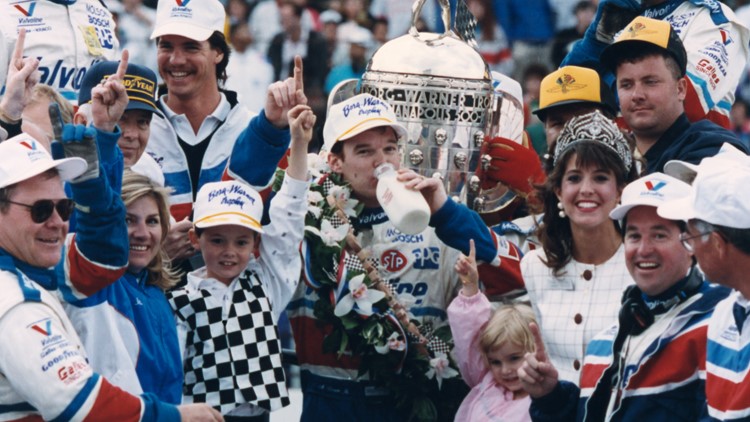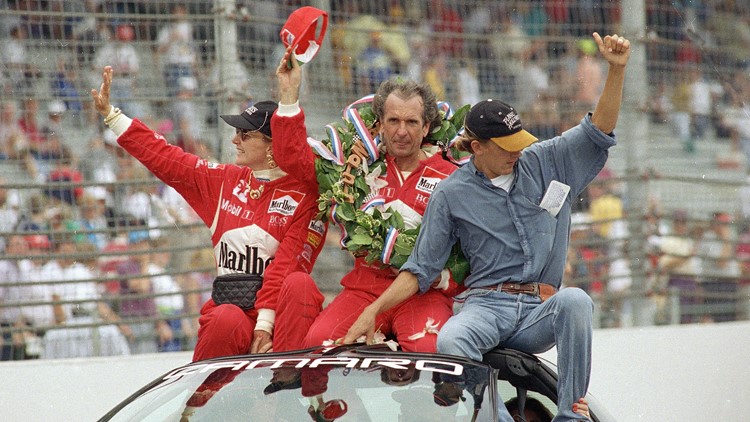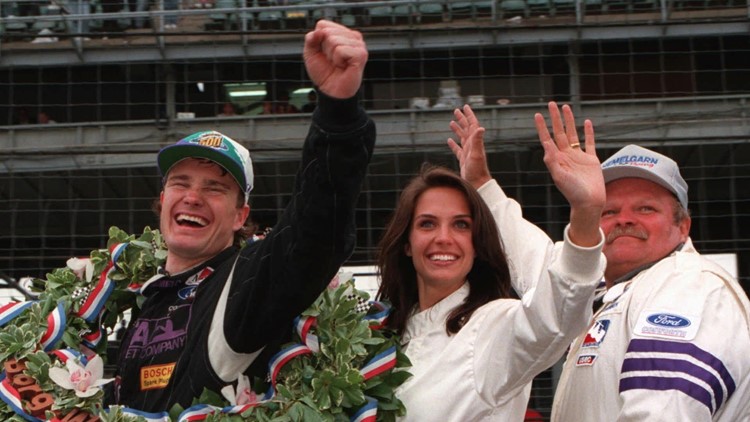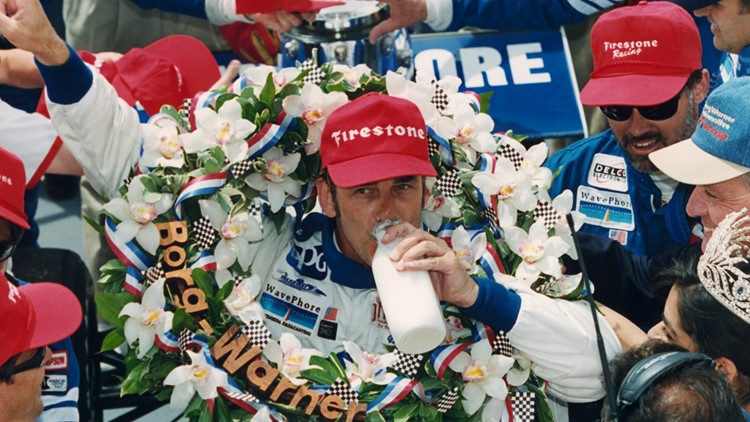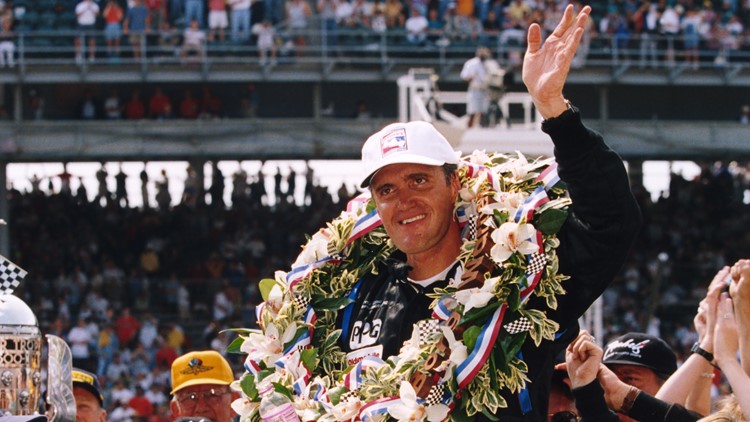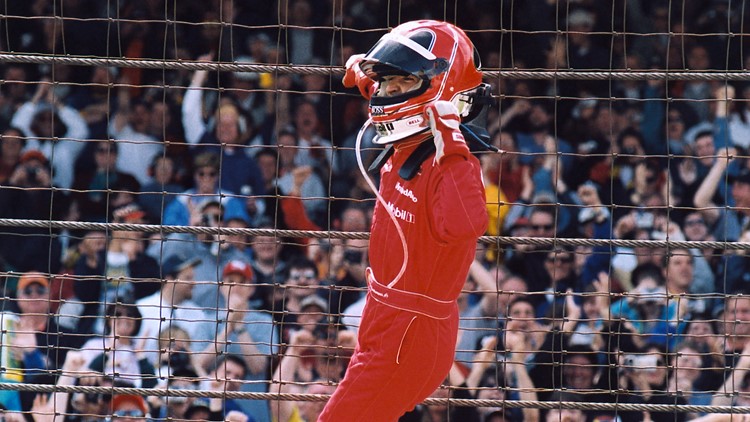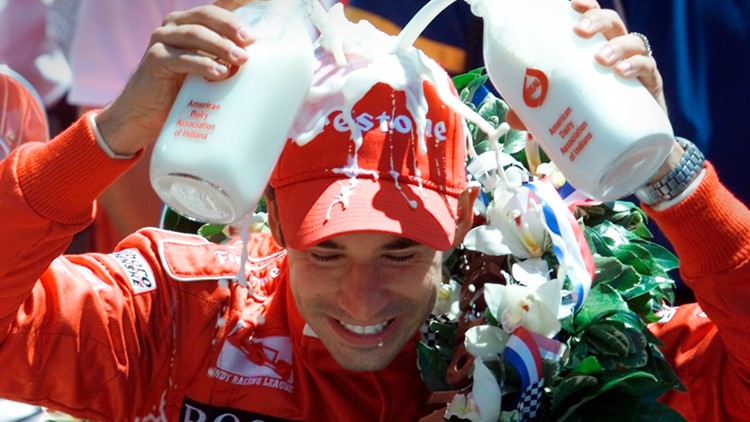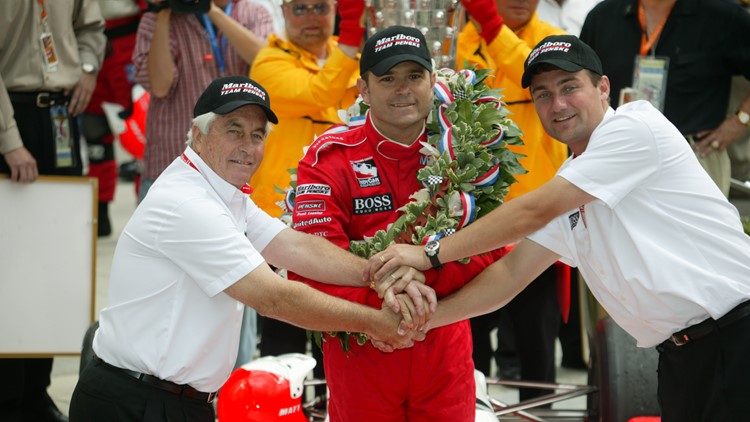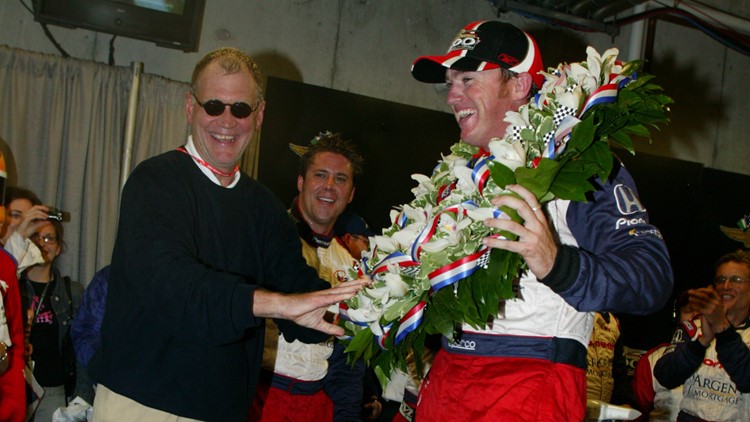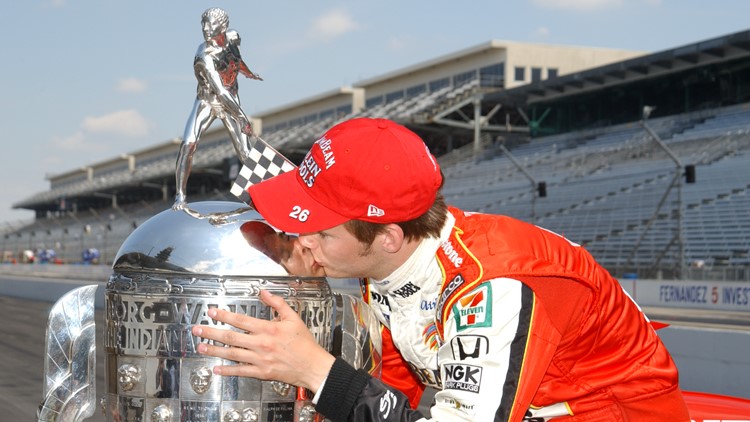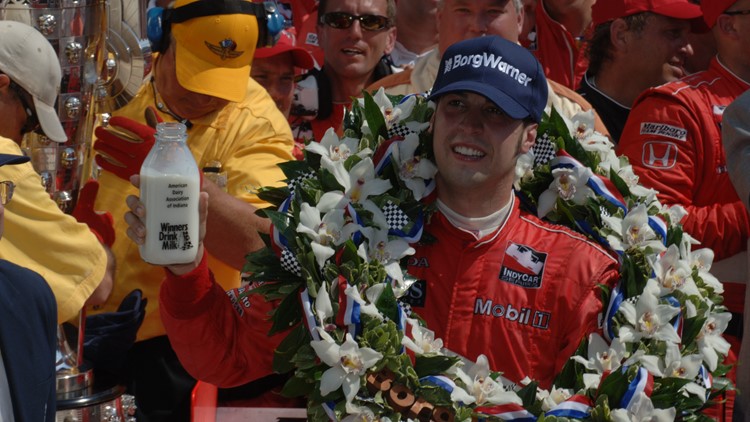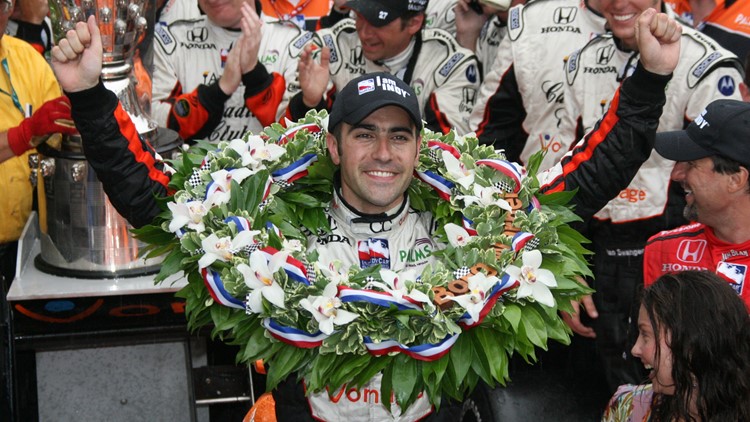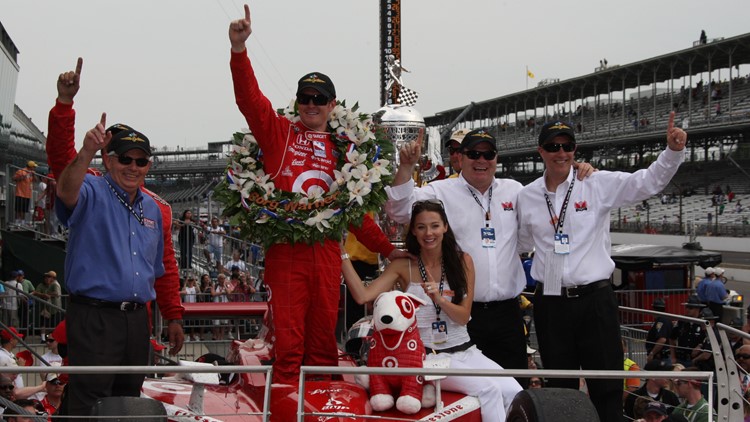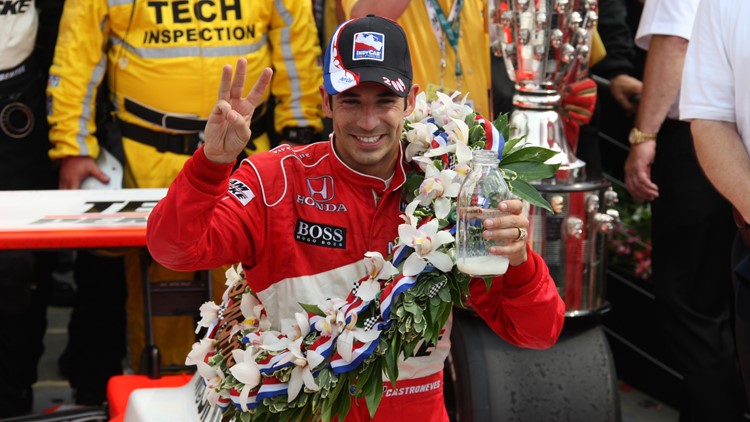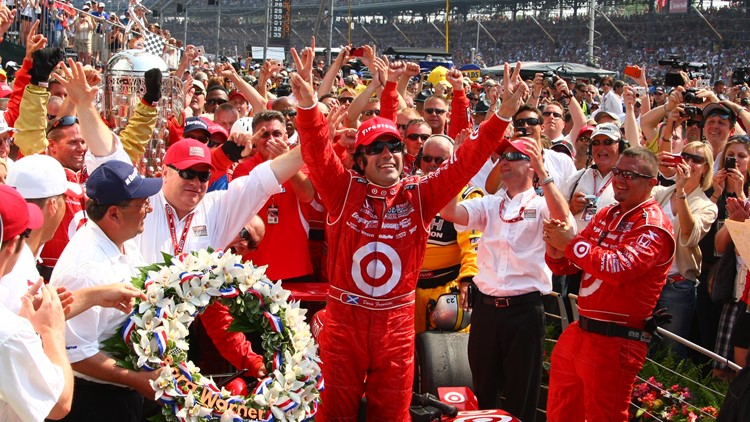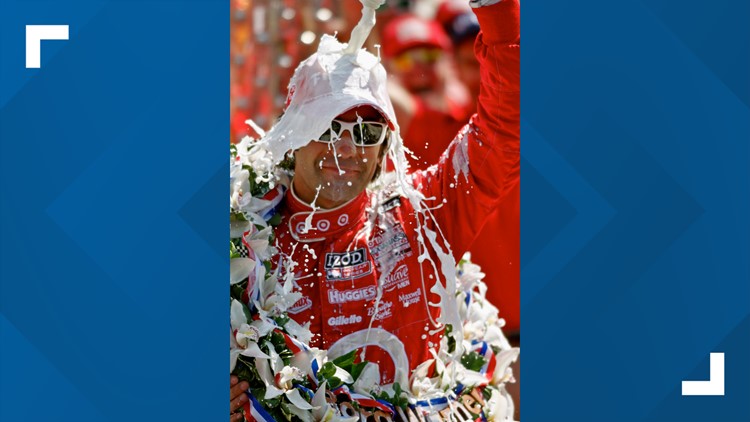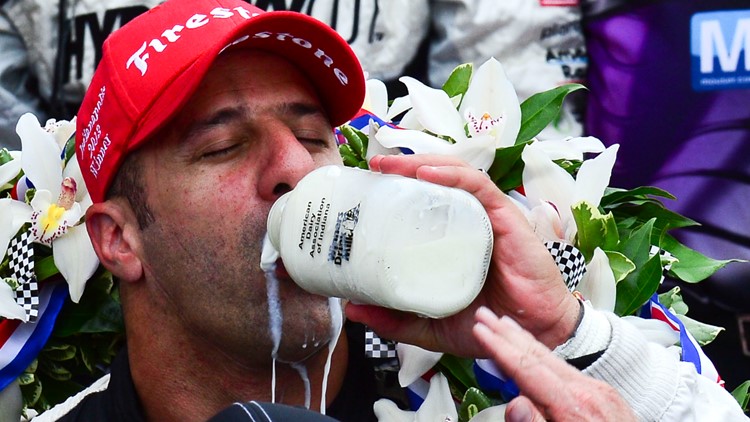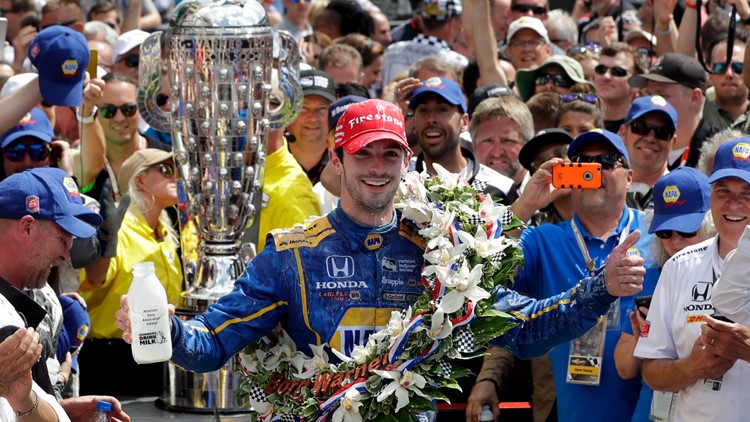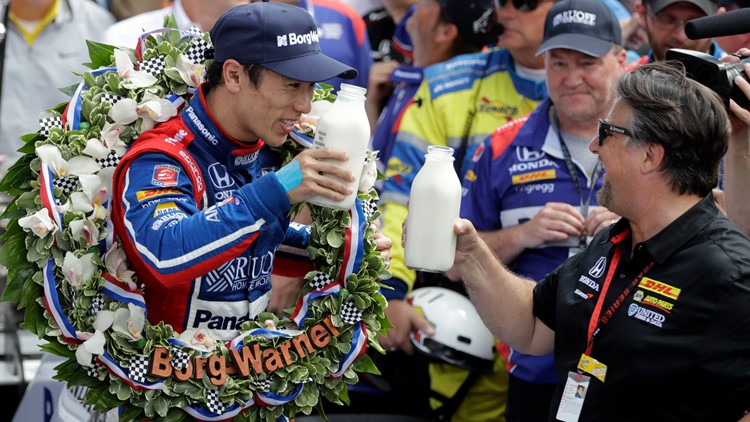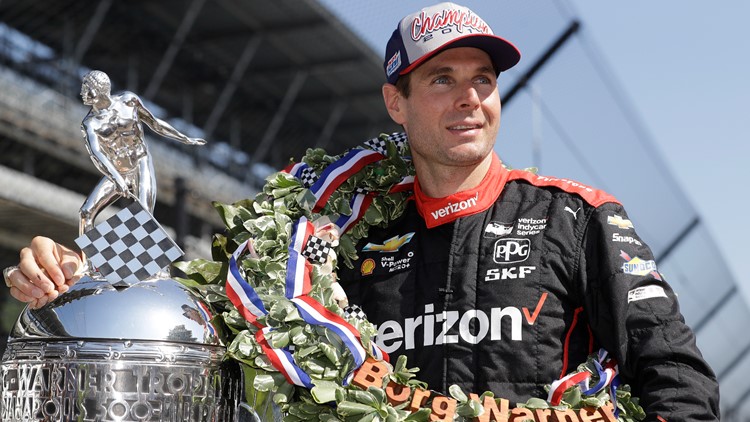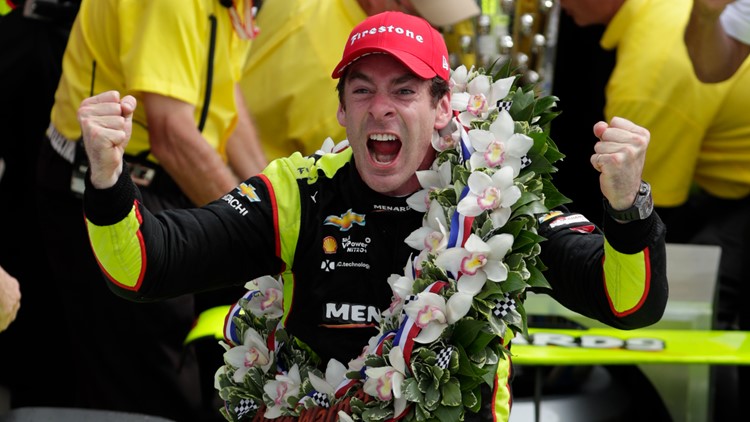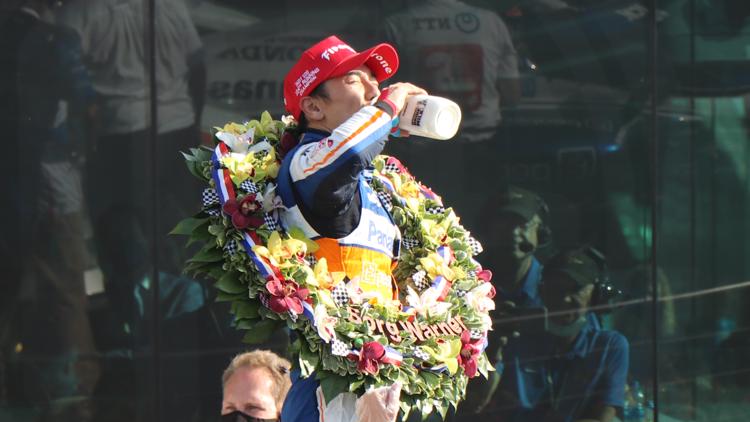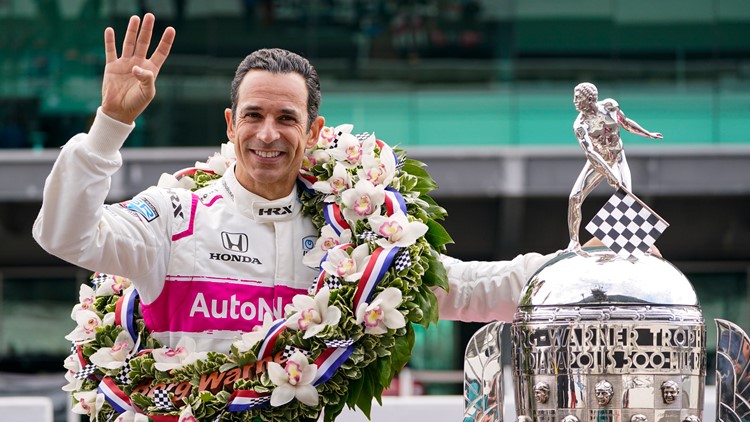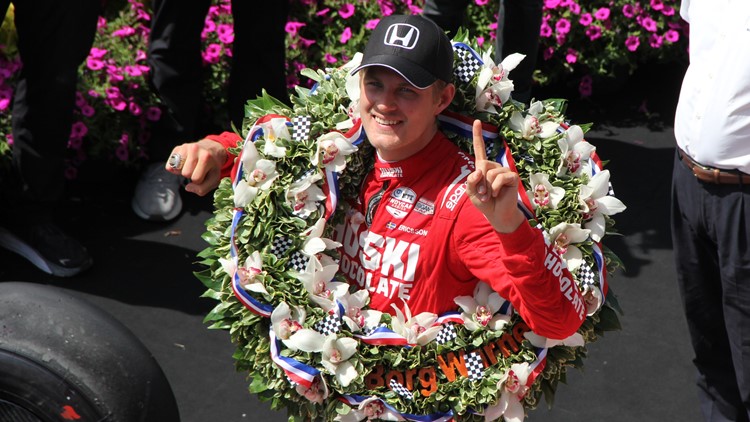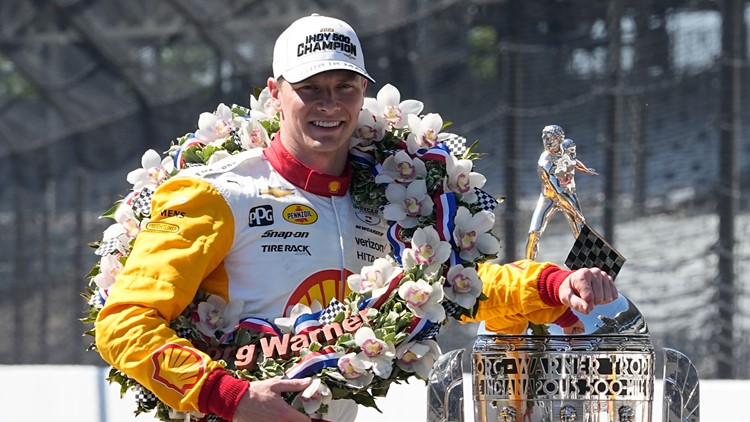INDIANAPOLIS — As we get ready to race the 106th Running of the Indianapolis 500, several memorable races are marking milestone anniversaries in 2022.
Here are some of those memories:
5 years ago


Takuma Sato made history as the first Asian driver to win the Indianapolis 500, holding off then-three-time winner Helio Castroneves to win the 101st Running of the Indianapolis 500.
Sato started the race on the inside of Row 2 and led the race twice for a total of 17 laps, including the last five laps of the race after taking the lead from Castroneves near the start-finish line.
The 40-year-old Japanese driver beat Castroneves to the Yard of Bricks by two-tenths of a second to claim his first of two Indianapolis 500s.
10 years ago


Dario Franchitti won his third Indianapolis 500 in dramatic fashion as Takuma Sato crashed trying to make a pass on the final lap.
Franchitti, who also won the race in 2007 and 2010 took the lead from teammate Scott Dixon with Sato close behind. Seconds after seeing the white flag, Sato tried to pass Franchitti low in Turn 1 and lost control, spinning behind Franchitti and striking the SAFER barrier.
Franchitti, who started 16th, took the checkered flag under caution for the third time, joining the elite group of three-time winners of the Indianapolis 500.
20 years ago

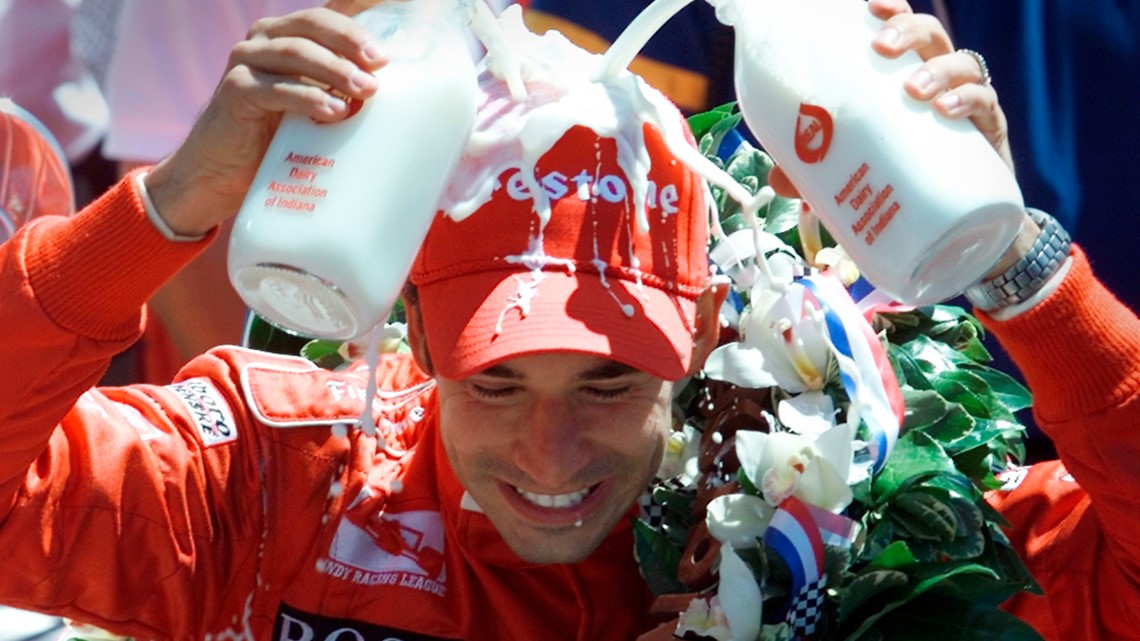
Helio Castroneves backed up his 2001 win as a rookie with his second 500 victory the following year in a finish that remains controversial to this day.
Castroneves was trying to stretch his fuel to the finish with Paul Tracy, driving for CART-affiliated Team Green, bearing down behind him. Tracy passed Castroneves in Turn 3 of Lap 199, just as a caution flag came out for a crash involving Buddy Lazier and Laurent Redon in Turn 2.
Team Penske, which had moved to the Indy Racing League from CART, argued that Castroneves slowed down when the caution flag came out to preserve fuel and that is when Tracy made the pass for the lead. IRL officials ruled Castroneves was, in fact, leading when the yellow was shown.
Tracy's team owner, Barry Green, protested the decision, but was denied by Tony George, CEO of the IRL and the Indianapolis Motor Speedway.
Tracy, who was heard on his radio celebrating loudly after the caution flag came out, but ultimately finished second, still maintains he won the 2002 race nearly two decades later.
"I feel that I won the race, but we weren't able to win the political side of it," he said in the 2021 book "Indy Split."
Castroneves, of course, would go on to win the 2009 Indy 500 and, 12 years later, join the four-timers club with a victory in the 2021 race.
25 years ago

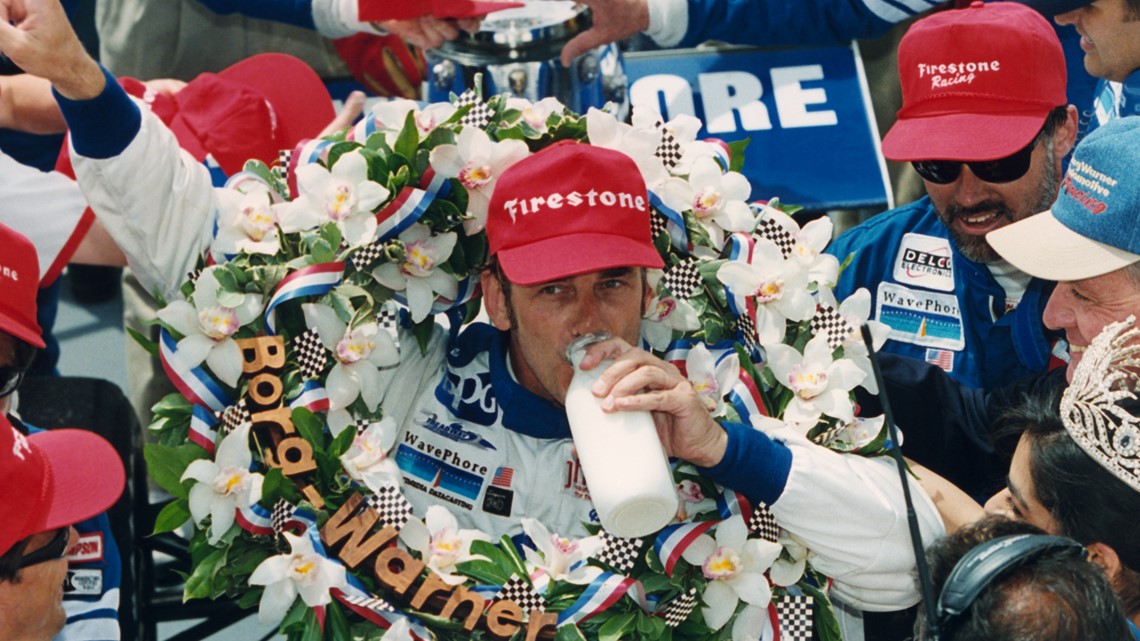
A year after setting the 500's four-lap qualifying record, but starting 20th in 1996, 1990 Indy 500 winner Arie Luyendyk was on the pole for the 81st running of the race.
The race was washed out on Sunday, then stopped again on Monday after 15 laps due to rain. It resumed on Tuesday, May 27.
Luyendyk led 61 laps in the race, second only to Tony Stewart's 64, and held off Scott Goodyear to win his second 500.
50 years ago


Though it couldn't have been known at the time, the 1972 Indianapolis 500 had several historic moments take place.
Before the race, IMS owner Tony Hulman pulled actor Jim Nabors from the crowd and asked if he would sing "Back Home Again in Indiana" as part of the pre-race festivities. Nabors obliged and went on to sing before 36 Indianapolis 500s before stepping aside in 2014.
On the track, Mark Donohue started third, but within the first 31 laps was the only driver on the front row left on the race as pole sitter Bobby Unser and Peter Revson retired due to mechanical issues.
Donohue stayed in contention and took over the lead with 13 laps to go as leader Jerry Grant sat in the pits. He led the rest of the way and claimed his first Indianapolis 500 victory, as well as the first for team owner Roger Penske, who now owns IMS and has since claimed 18 Borg-Warner trophies.
75 years ago


The 1947 race was the second under the supervision of IMS owner Tony Hulman, who bought the track during the four-year hiatus when there was no racing due to World War II.
Mauri Rose, who won the last 500 before the war as a relief driver to Floyd Davis in 1941, twice took over the lead from Bill Holland, leading the final eight laps en route to his second Indianapolis 500 victory.
A year later, Rose won his third 500 in the span of four races, becoming the third three-time winner in race history.
100 years ago

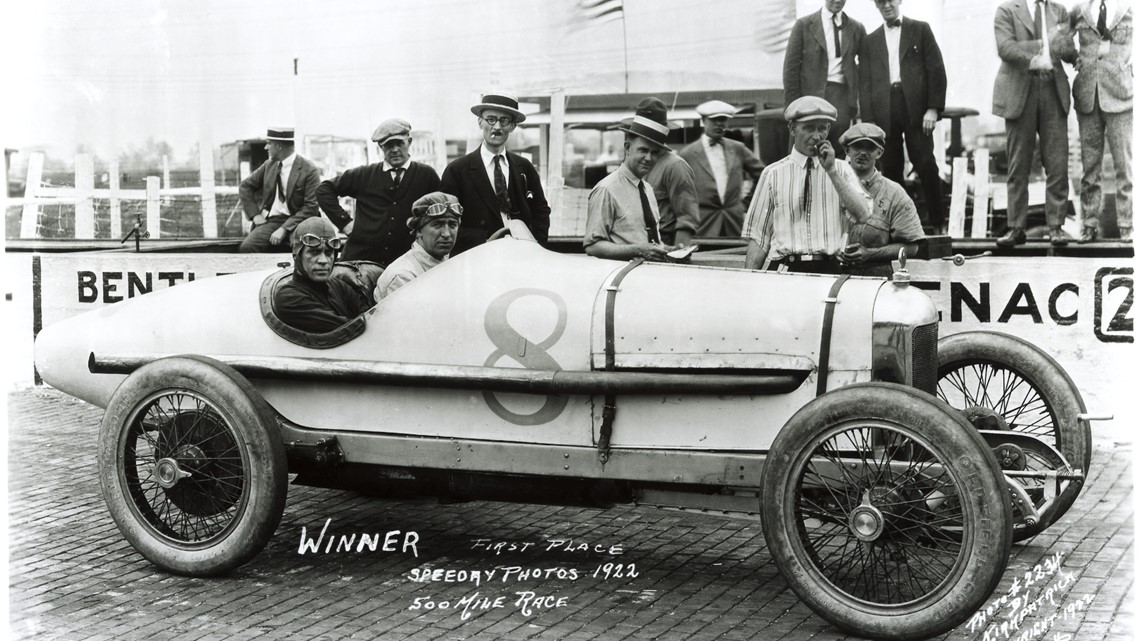
Jimmy Murphy dominated the 10th Running of the Indianapolis 500 a century ago in 1922.
Murphy, the owner and driver of the No. 35 car, led the first 74 laps of the race and the last 79 to become the first driver to win the 500 from the pole position.
He finished third in the next two Indy 500s, also winning the pole in 1924, but died in a racing accident in Syracuse, New York on Sept. 15, 1924.

